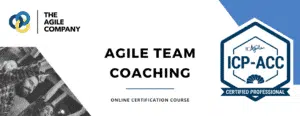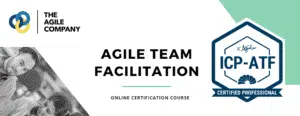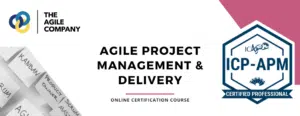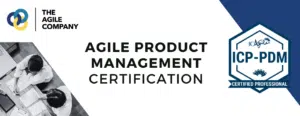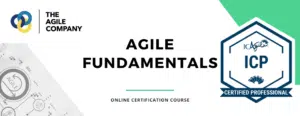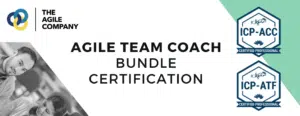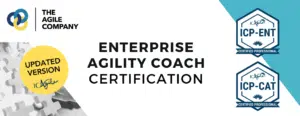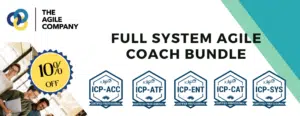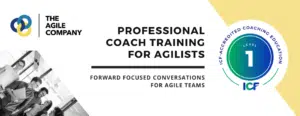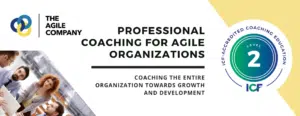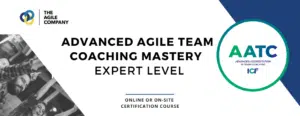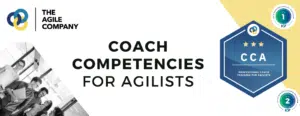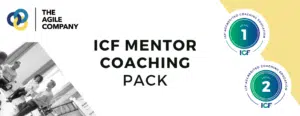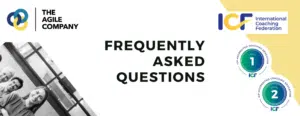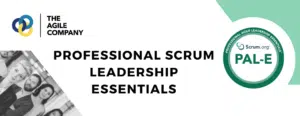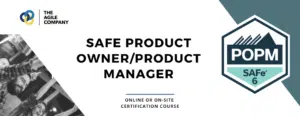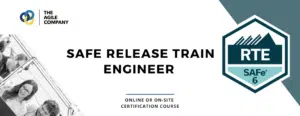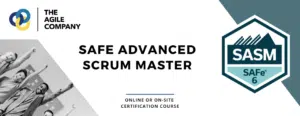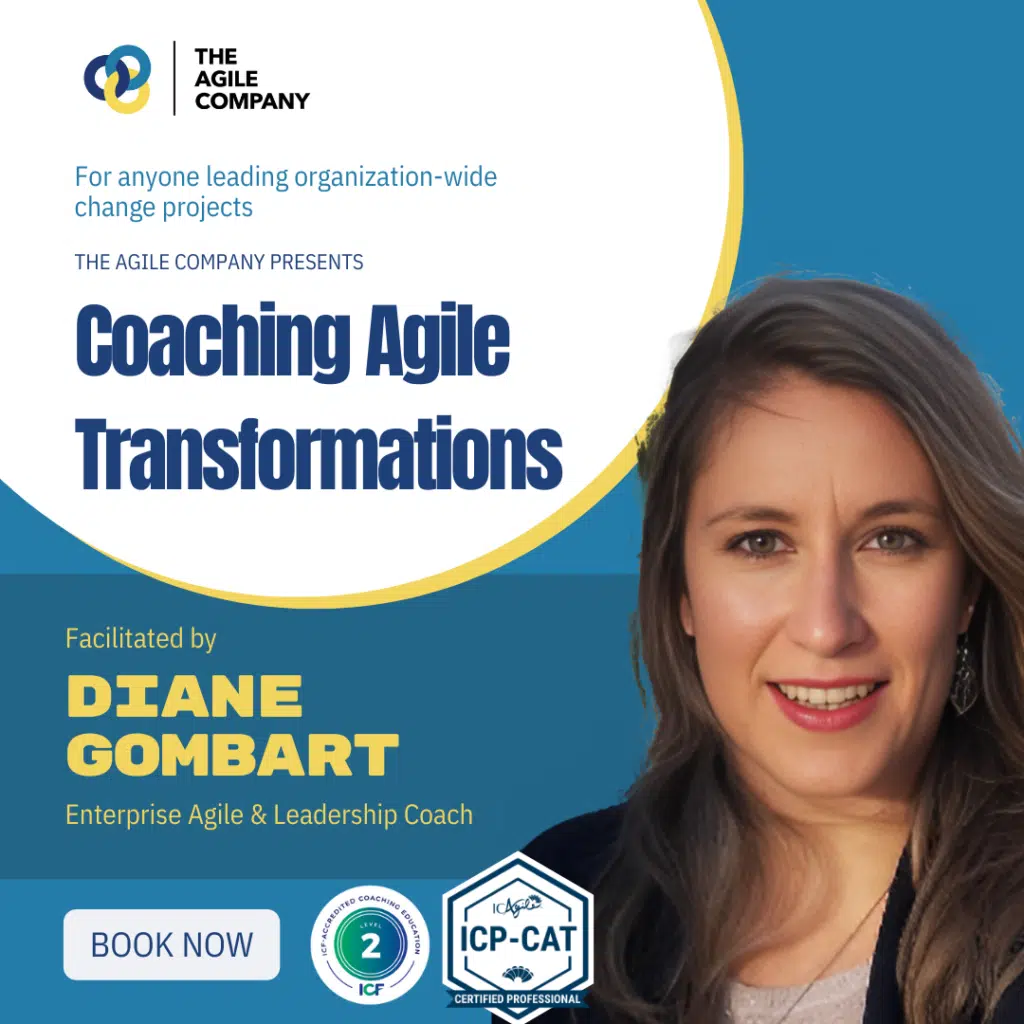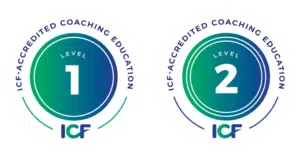Imagine this: 70% of organizational change initiatives are destined to falter.
This daunting statistic isn’t just a number—it’s a wake-up call to all executives, managers, change agents, and decision-makers that the conventional playbook for implementing change is no longer effective today.
Unlike straightforward problems, the challenges of driving change within organizations are multifaceted and dynamic. Change doesn’t follow a straight path; instead, it weaves through an intricate web of interdependencies that characterize modern organizations.
We understand today that the catch phrase “Change is constant” is a reality; Mastering the art of navigating its complexity is not just beneficial—it is crucial for your company’s survival and success.
What is the challenge of change in organizations?
Change within organizations is inherently fraught with impediments; from a lack of a coherent vision, disengaged leadership, and insufficient mid-level managerial support to full blown employee resistance who have grown comfortable with the status quo. Another reason mentioned in our Enterprise Agility Coaching paths is the frustration with inadequate governance, and even inconsistent success metrics add to the mix of organizational dissatisfaction with the change at hand, and may incur resistance, through either consciously sabotaging the move forward, or without even wanting to do so, by simply behaving and working the way “we have always done it”.
Those impediments can derail even the most well-intentioned initiatives.
Often, the team responsible for applying of rigid (and some are even quite outdated) change strategies fail to consider the impact failed change initiatives can have on the organizational culture longer down the road.
Applying step by step outlined linear roadmaps to a better future, further exacerbate the problem, as the organizational change initiative lacks the flexibility to adjust course when needed, speed up or slow down when it is warranted.
Why does “Culture eat strategy for breakfast”?
Organizations, by nature, are complex adaptive systems, meaning linear from start-to-finish plans will fall short on planning for the eventual change, during the change!
If we tackle complex problems, the same way we address complicated ones, we are aiming to apply solutions with predictable outcomes. This is exactly what makes the change initiatives slip and fall back into their old ways. Today, we can’t predict tomorrow and we are sure of one thing; it won’t be the same as today.
In a complicated, yet straightforward world, we can apply tried and tested frameworks to the problem we see arise. But in today’s complex world, expert analysis (of past events) and linear planning to the future will resolve in failure. In contrast, complex contexts like those of most modern organizations, are unpredictable and the relationships between cause and effect are only clear in hindsight. The changing nature of our business and political climates will have something to say about your future ideas indeed..
This requires a more nuanced approach to change management, one that is adaptive and responsive rather than prescriptive. too
Introducing the Business Agility Compass:

Developed by Natascha Speets and tried and tested by the Coaching experts at The Agile Company, the Business Agility Compass looks deceptively simple.
As all models, the image is just a reminder of the larger conversation we are about to have with the decision makers in the organization regarding the change, and how it will affect the different areas on this compass. What different shorter change initiatives we can initiate to get to the goal, or objective of the change as a whole.
The Compass is not merely a metaphor to navigate change complexity, but a strategic tool designed for leaders navigating the volatile currents of organizational change. This compass focuses on several core areas:
- Vision & Objectives: Central to the compass, clear vision and objectives not only direct but also inspire all change initiatives, ensuring they are aligned with the organization’s long-term goals. They serve as the guiding star for the organization’s journey toward transformation. Associated with success metrics which will answer this question during the change’s governance “Are we moving towards achieving our objectives?”
- Value & Delivery: This ensures that each change initiative contributes directly to the organization’s value proposition, reinforcing outcomes that are tangible and beneficial.
- People and Talent: Recognizing that people are the core of any organization, this focus area emphasizes enhancing capabilities and safeguarding the well-being of all employees, facilitating a smoother transition during periods of change.
- Leadership: Adaptive leadership is crucial in navigating complex adaptive systems. This component of the compass advocates for leadership styles that are proactive, responsive, and inclusive, essential for steering through turbulent times.
- Culture: The compass encourages cultivating an organizational culture that embraces change, fosters innovation, and promotes resilience.
- Organizational Design: Effective organizational design is not about rigid hierarchies; it’s about creating adaptable and flexible structures that can swiftly respond to market dynamics and internal shifts.
- Governance: Effective governance ensures that initiatives are not only implemented but are sustainable and aligned with the broader business objectives.
For decision-makers, this means setting up clear roles, responsibilities, and accountability structures to support the journey. It also includes adapting governance models to be iterative and inclusive, allowing for feedback and adjustments as change initiatives progress and evolve.
How does it work?
Today’s organizational landscape has become unpredictable, uncertain, and so complex that we can’t know for sure what to plan for, or how to reach the change we desire. We need to iterate around the many aspects of organizational change and build-in feedback loops in every change initiative we plan for with the compass. Each area of the compass connects to the vision and goal part, meaning that each initiative has their goal (connected to the overarching goal and their own iterative initiative. Feedback is key to leveraging Business Agility and organizations that are able to test – feedback – implement – improve are the ones that are able to see their initiatives reach their objectives.
Our Organizational Transformation Coaching programs teach you how to use the compass with your change team and allows you to test the tool in a safe environment.

